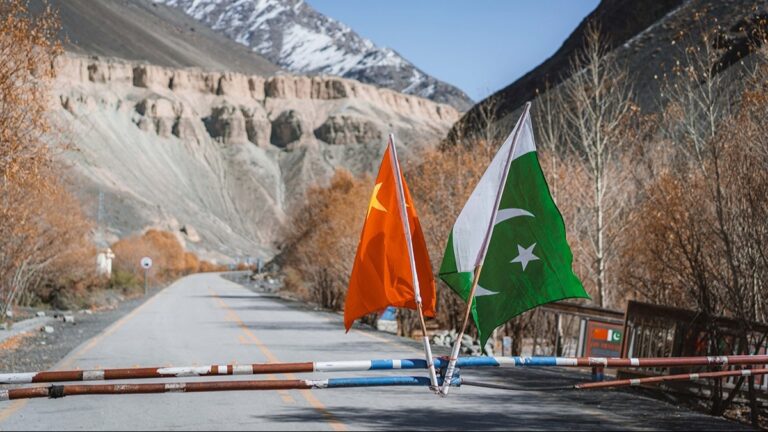The unrest in PoK highlights growing civilian dissatisfaction with economic challenges and lack of basic amenities. India’s reaffirmation of its stand on the status of PoK has added a diplomatic dimension to the situation. India’s political leadership has regularly pointed out that PoK is Indian territory. Now, External Affairs Minister S. Jaishankar has reiterated the position and said, “One day we will end the illegal occupation of PoK and PoK will partner with India.”
Pakistan’s economic crisis stands in contrast to its high military spending, especially its cooperation with China. Pakistan’s economy is in a dire situation. External debt amounted to $124.5 billion, equivalent to approximately 42% of GDP. The country’s economic growth rate is expected to be just 1.8% in the current financial year ending June 2024.
Despite the debt crisis, India’s archrival has strengthened its defense capabilities through significant arms imports and cooperation. Military observers have been surprised by Islamabad’s arms buying spree, especially from China. Over the past decade, military ties between Pakistan and China have deepened, and Islamabad has become completely dependent on Chinese weapons.
Just last month, China launched the first of eight Hangor-class submarines to be built for the Pakistan Navy by 2028. The submarine is based on China’s Type 039A/B Yuan class submarine and will enhance the Pakistan Navy’s underwater capabilities.
According to the latest report from the Stockholm International Peace Research Institute (SIPRI), China accounted for 82% of Pakistan’s arms imports from 2019 to 2023, highlighting military cooperation.
About 5.8% of total global arms exports from 2019 to 2023 came from China. However, China’s arms exports fell by 5.3% between 2014-18 and 2019-23. The majority of China’s arms exports (85%) go to countries in Asia and Oceania, followed by Africa (9.9%). China delivered major weapons to 40 countries between 2019 and 2023, but more than half (61%) of its exports went to just one country: Pakistan.
According to the SIPRI report, arms imports by Pakistan increased by 43% between 2014-18 and 2019-23, accounting for 4.3% of the global total, making Islamabad the fifth largest arms importer in the world. Ta. Pakistan continues to strengthen its arms procurement relationship with China, with 82% of its arms imports coming from China in 2019-23, compared to 69% in 2014-18 and 51% in 2009-13.
As of April 29, 2024, Pakistan’s total external debt to China is $26.6 billion. It is among the top 20 countries on the list of debtor countries to China. In 2016, Pakistan’s debt to China was $7.6 billion, rising to $26.5 billion in 2022. The International Monetary Fund estimates that Chinese loans account for 23 percent of Pakistan’s total external debt, while the International Social Research Organization Tricontinental puts the figure at around 30 percent. percent.
To repay China, which in February signed Pakistan’s largest defense export order, a $1.6 billion contract to export JF-17C Block III fighter jets to Azerbaijan, Islamabad will purchase 12 JF-17C jets for about $1.8 concluded a sales contract with Iraq. a billion. Myanmar and Nigeria have already acquired JF-17 Thunderjet aircraft from Pakistan. The JF-17 is a single-seat, single-engine, multipurpose light fighter aircraft jointly developed by Pakistan Aeronautical Complex and China’s Chengdu Aircraft Industry Corporation. Obligation to repay debt.
Subscribe to India Today Magazine
Please tune in

